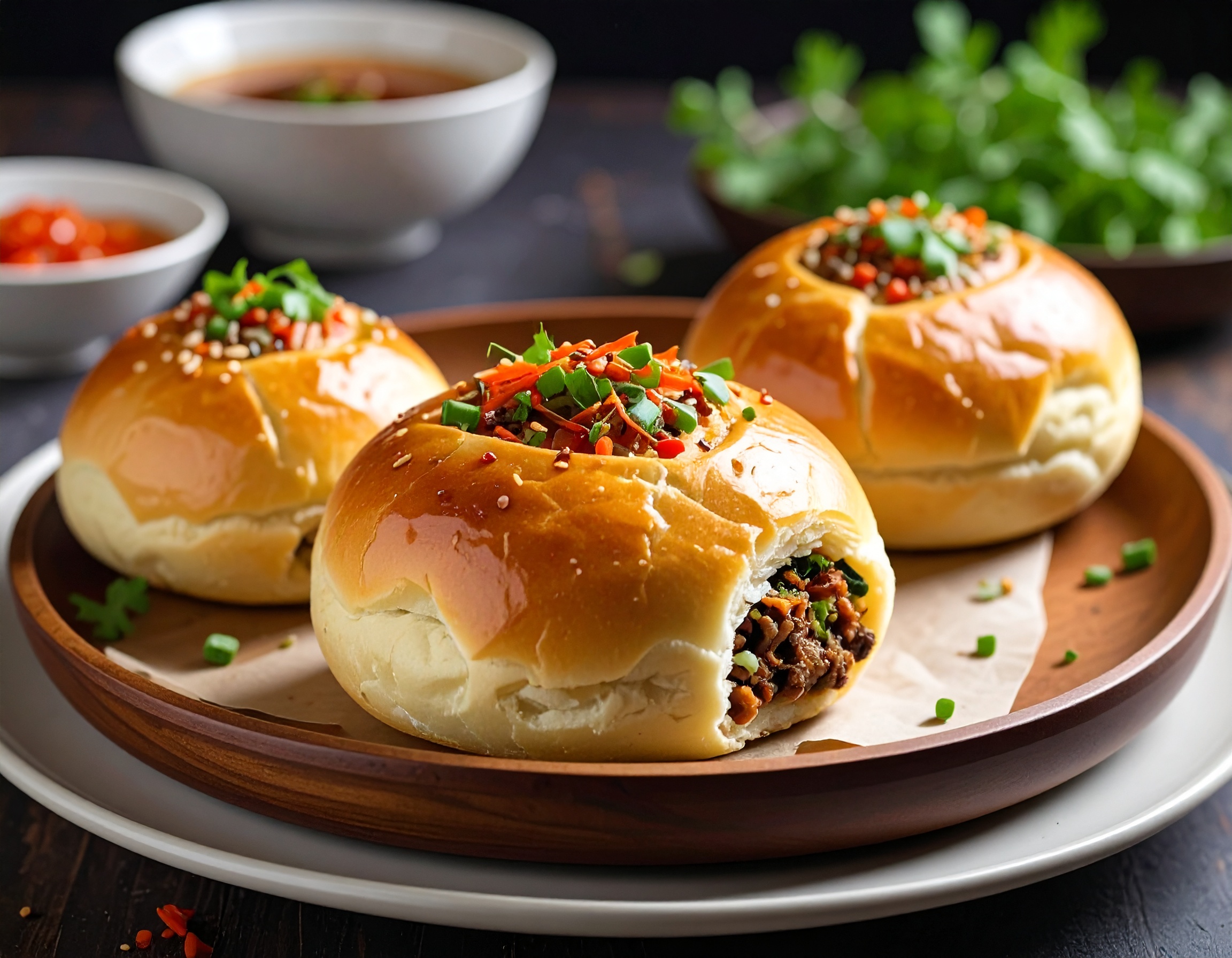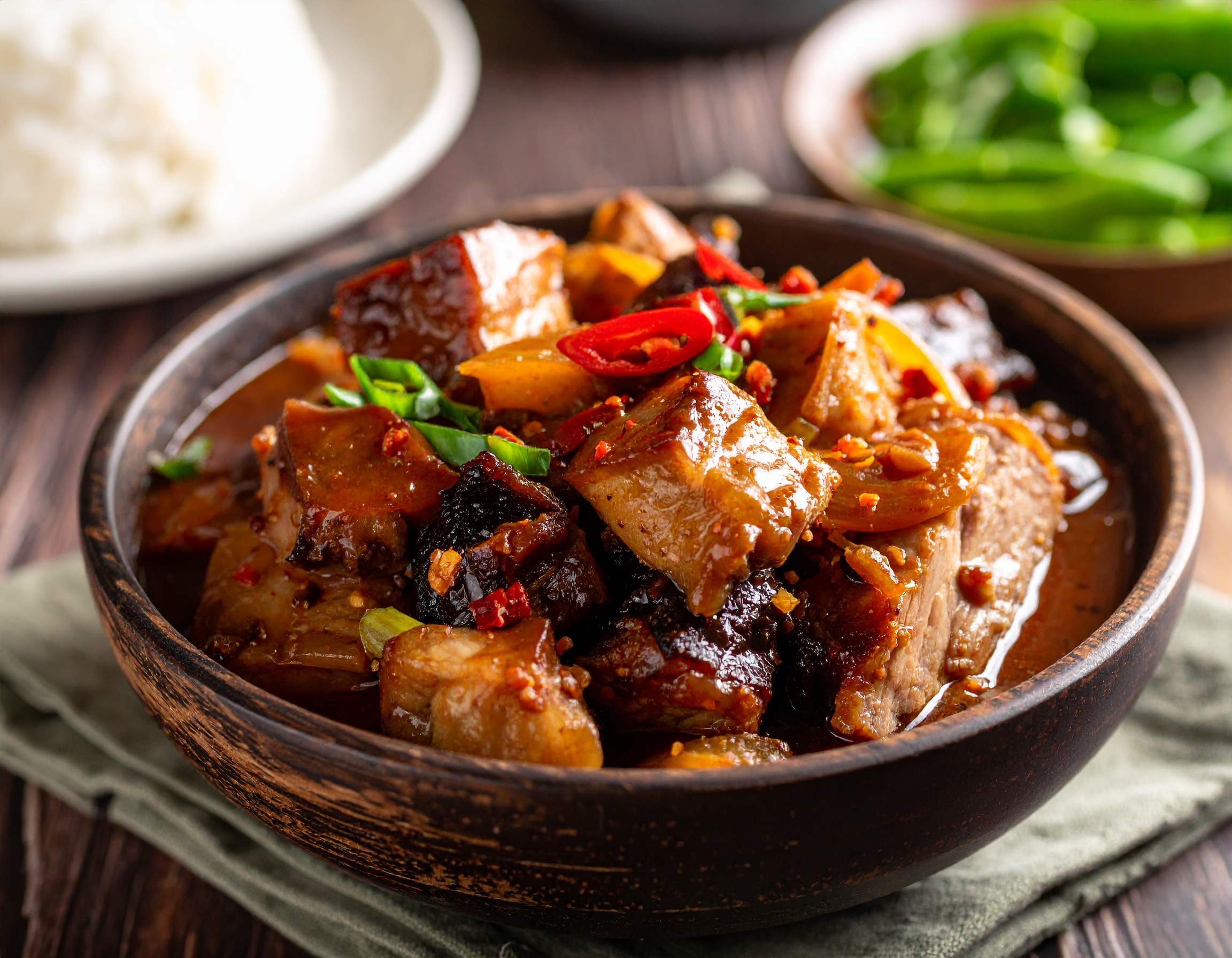
Hawaiian culture is rich with Aloha spirit, welcoming people from around the world with warmth and heart. Hawaiian agricultural industry began in the middle of the 19 th century and blossomed in the beginning of the 20 th century. Chinese, Filipino, Japanese, Portuguese, Puerto Rican, German, Korean, and Norwegian immigrants arrived and worked plantations producing primarily sugar cane, macadamia nuts, pineapple, and coffee. Chinese slang for food or eating in American English is chow or chow-chow, similarly, Hawaiian pidgin adopted the term kaukau. Hawaii became a melting pot of recipes, ingredients, and influences, creating a unique culinary culture. Some of the establishments we will visit have been in operation over a century, with recipes passed down multiple generations. Other foods have been augmented and refined over time to delight the modern palate. Come kaukau (eat) with us, showcasing our favorite foods and locations, tasting Hawaii’s past and present.
Hawaii’s favorite fried treat was first introduced by Portuguese immigrants during the 19 th century. This fresh fried sugar-coated confection has evolved to include fillings of coconut, passion fruit, guava, and pineapple. A cherished local treat with unwavering popularity.


This historic Hawaiian staple is traditionally pork and butterfish, with chicken and beef alternatives, cooked with Hawaiian grown taro leaves wrapped in Hawaiian grown luau leaf. A rich delicacy that will delight and comfort your hankering.
Hawaii’s nutrient volcanic soil has produced world renown coffee since 1828. Kona’s coffee belt receives regular orographic rain in the late afternoon and early evening, nourishing the beans until they are ready to process and dry in our profuse tropical sun. Only sparkling wine from France’s Champagne region can be labeled champagne, similarly, only coffee beans from Kona district can be labelled 100% Kona Coffee. This award-winning beverage is a must try during your visit to Kona.


This barbecued pork-filled steamed dumplings reflects Chinese influence on Hawaiian cuisine. These savory buns have been sold by street food vendors in Hawaii for centuries, affordable and convenient, a working person’s lunch time favorite.
Hawaii’s plentiful ocean yields fresh fish year-round. This traditional Hawaiian dish is skinned, deboned, and filleted raw fish with sea salt, candlenut, seaweed, and limu. While the traditional dish is still available, many variations have evolved over time to incorporate flavors from around the world. In the 21 st century, this dish has become increasingly popular globally.


Spanish explorers called some indigenous Filipino cooking methods adobo, the name stuck. When Filipinos immigrated to Hawaii, they introduced their rich marinated adobo. A local favorite, this dish has slightly different cooking methods, with the same flavorful, exquisite taste.
Price:
$140.00
Duration:
3 hours
Locations:
4